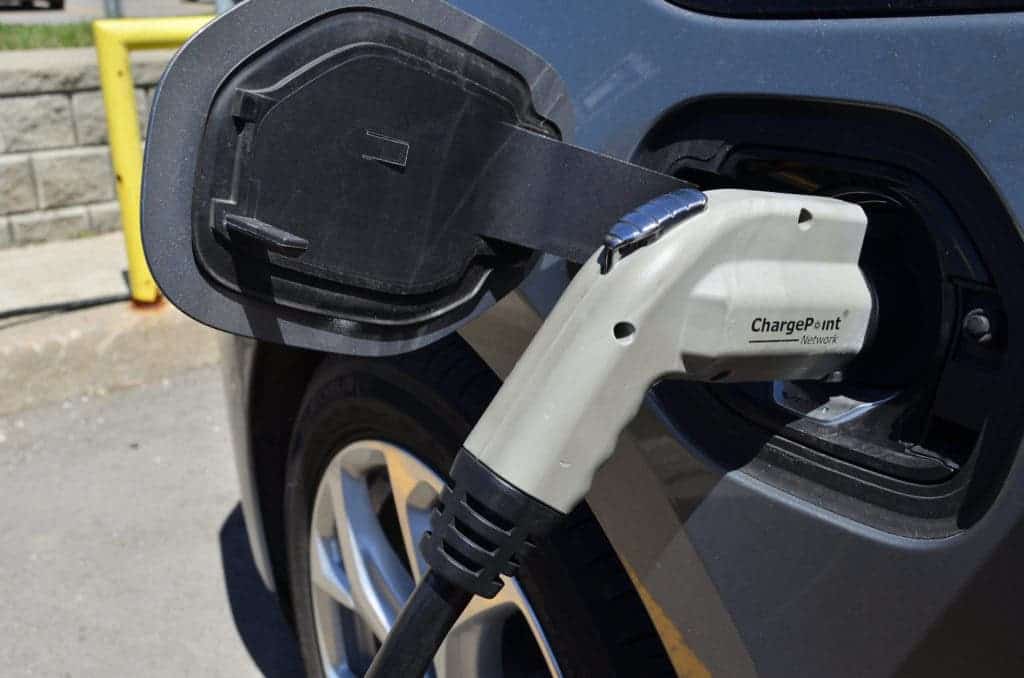
There’s a huge global market demand for high-density battery packs for electric vehicles and energy storage, which in turn has led to dramatic reductions in price. In 2010, the average market price for battery packs was $1,100/kWh. In 2019, this figure hovers at around $156/kWh, marking a whopping 87% reduction in price. Compared to three years ago, when battery prices were around $300/kWh, batteries are now at almost half as cheap.
According to a recent report by Bloomberg New Energy Finance (BNEF), market demand and technological advances might push the price below a $100/kWh milestone by 2023.
The two most important challenges that prevent the wide-scale adoption of renewable energy and electric vehicles are infrastructure and cost — both need to be addressed. You might buy an affordable electric car with adequate autonomy, but if consumers aren’t confident there’s a reliable charging infrastructure, they will likely think twice before making a purchase. Likewise, utilities and consumers alike might be interested in investing in solar farms and wind turbines, but if storing that energy overnight to meet the baseload is too expensive, fossil fuel power plants will still have a job.
Luckily, the future seems very optimistic. According to market analysts at BNEF, battery packs have experienced an insane downward curve in terms of price.
These cost reductions can be attributed to growth in electric vehicle sales and the increasing proliferation of high energy density cathodes.
Improved battery pack design and falling manufacturing costs associated with economies of scale will drive prices down even further. New technologies such as silicon or lithium anodes, solid state cells, and new cathode materials will also play a major role in reducing costs in the future.
“Factory costs are falling thanks to improvements in manufacturing equipment and increased energy density at the cathode and cell level. The expansion of existing facilities also offers companies a lower-cost route to expand capacity,” Logan Goldie-Scot, head of energy storage at BNEF, said in a statement.
The new BNEF report, which was presented last week in Shanghai, forecasts a battery market demand of 2TWh in 2024, around which time prices are expected to fall below $100/kWh. This is an important milestone because most experts agree that at this price range, electric vehicles reach price parity with internal combustion engine vehicles.
Of course, this will vary depending on the region and vehicle segment. For instance, Amazon placed an order for 100,000 all-electric vans from Rivian, a Michigan-based auto startup company. This kind of application, however, puts more emphasis on battery life cycle than the price per unit of stored energy.
Bloomberg analysts believe that important cost reductions will continue well into the future. The global lithium-ion battery market size is expected to grow from $20 billion today to $60 billion by 2025. By 2030, it could double to $120 billion, not counting investments in the supply chain. During this time, battery pack prices could fall below $60/kWh.






